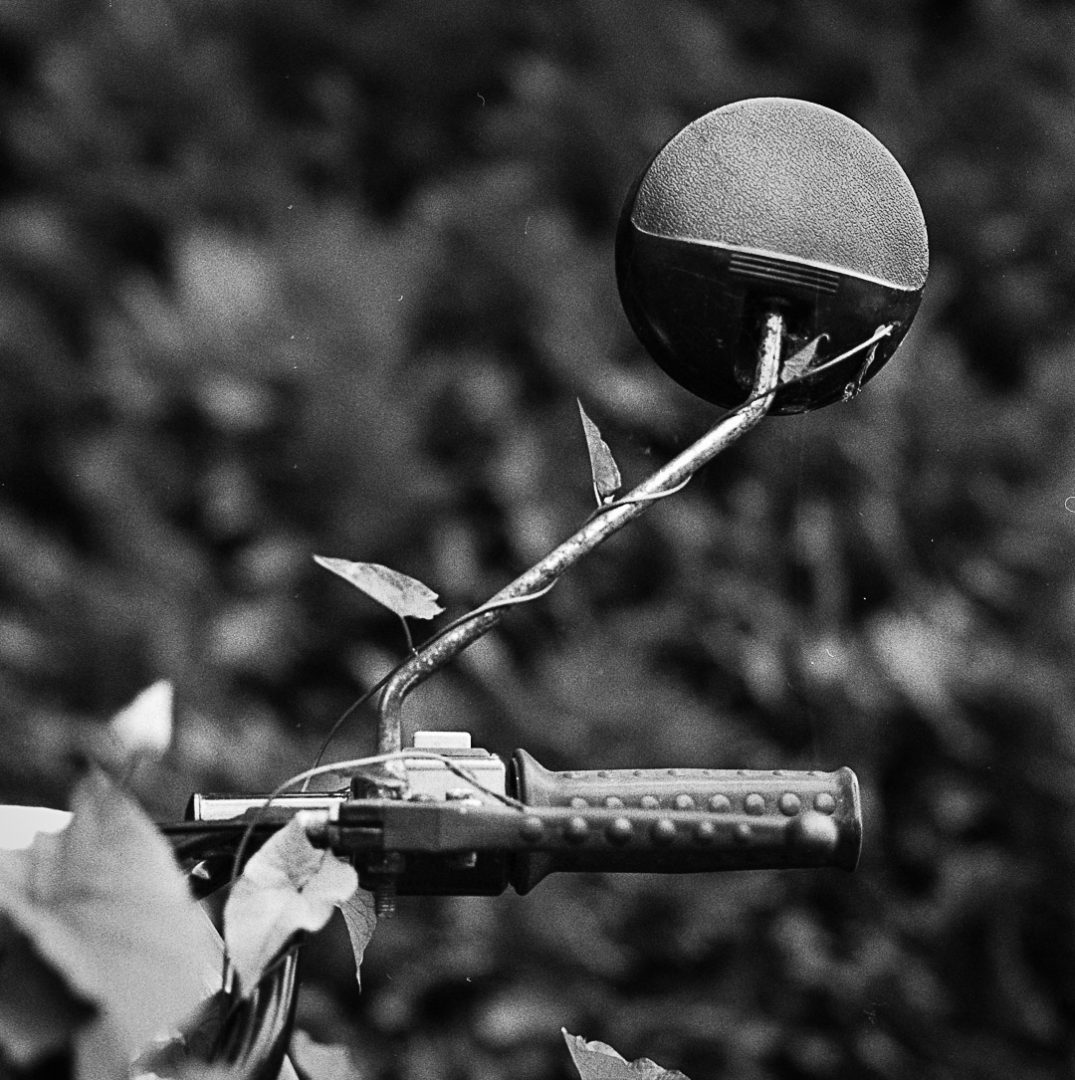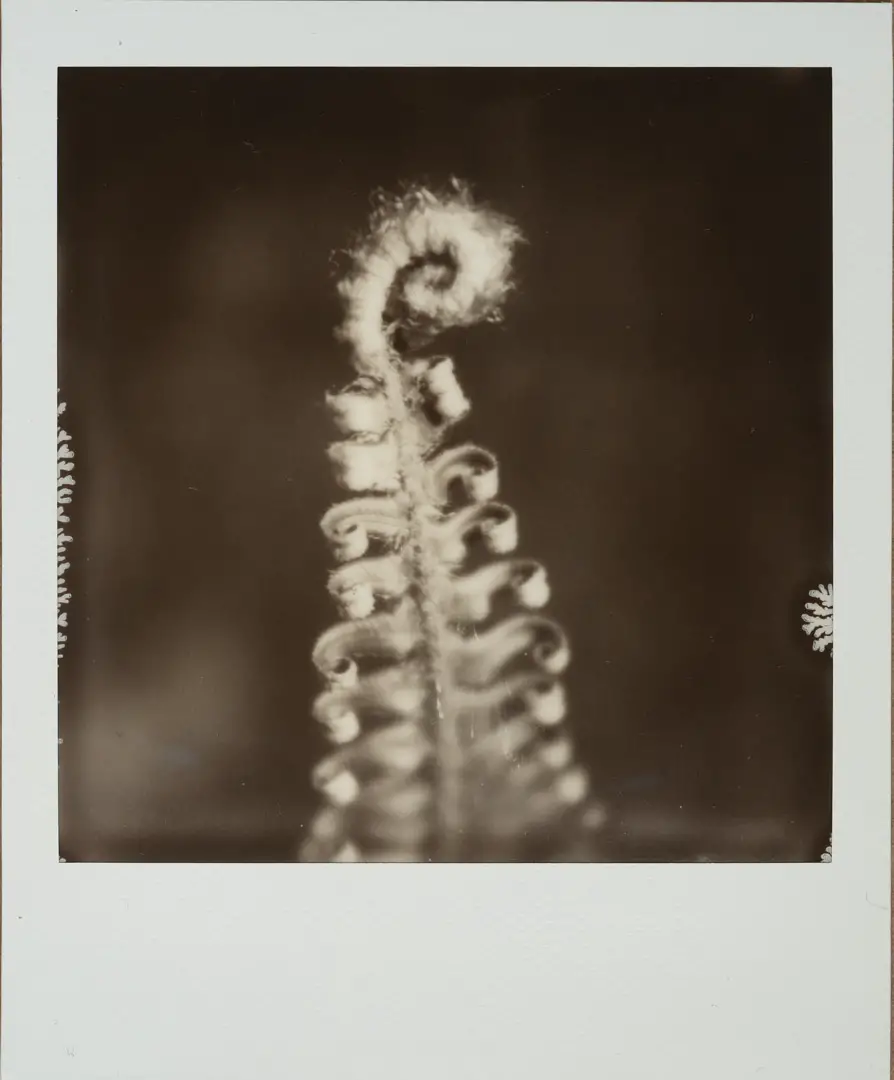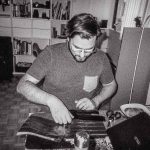When using a manual film camera, or a camera without a good meter, you’ll need a quick way to get the perfect exposure settings when the action is happening. There are many times when having to pull out a light meter to properly read the light will take so long that I’d miss the decisive moment when using my Hasselblad.
But luckily, there is a quick system you can use to get the perfect camera settings almost every time. It’s called the Sunny 16 rule. And when put into practice, you can accurately guess the exposure without using a light meter.
All you have to do is know which aperture setting to use in each lighting conditions, then match the ISO of your film stock with the shutter speed on your camera. Once you have those settings, you can reduce the aperture and increase the shutter speed to match the scenario you’re shooting in (which you can learn more about in this article).
Here are the Sunny 16 settings:
| Condition | Aperture value |
| Cloudless, snowy day | f/22 |
| Bright Full Sun | f/16 |
| Hazy Full Sun (LA, New Delhi) | f/13 |
| Midday, light clouds | f/11 |
| Midday, mostly cloudy, or subject in the shadows | f/8 |
| Overcast | f/5.6 |
| PNW/Great Britain heavy overcast | f/4 |
| Sunset/Sunrise | f/2.8 |
| Blue Hour Photos | f/2 |
| Times Square/Las Vegas Strip at Night | f/1.4 |
| Dimly Lit Bar | f/0.7 |
How to use the Sunny 16 system
The aperture values given in the Sunny 16 system above are designed to give you the same shutter speed as the film ISO. If you have a 400 ISO film, you would get a 1/500th shutter speed, or a 1/125 with ISO 100 film.
Once you know those settings, then you can easily convert the settings to match your situation from there.
For example, if you’re using ISO 100 film on a tripod to capture a landscape photograph at sunset, and want a larger depth of field than f/2.8, you can decrease the aperture by 3 stops to f/8 and reduce the shutter speed by 3 stops to 1/15 and capture the same exposure.
The only time this reciprocity breaks down is when you create images with a shutter speed longer than 2 seconds. Learn more about reciprocity failure, and how to do a simple calculation to solve for it here.

Is the sunny 16 rule accurate enough?
I’ll admit, I used to be skeptical about using the sunny 16 rule because I thought there was just no way it could be accurate.
Also, negative film is intentionally very flexible. A roll of film can easily be exposed one stop over and one stop under on the same roll and developed normally. That means a roll of Kodak Gold can be shot between ISO 100 and 400 on the same roll, and still produce good images.
The sunny 16 rule is also designed to work with the strengths of film photography. If you meter an image during the day and compare the Sunny 16 rule with your meter reading, you’ll notice that the sky is often overexposed, but the ground is the right exposure. And that’s intentional, because film captures more detail in the highlights than in the shadows.
So if the ground is underexposed, you may unintentionally lose detail in the shadows. But when the sky is overexposed, you will hardly lose any detail on the image — especially when shooting color film. Black and white is a little more sensitive to overexposure, and may become a little bit grainy in the highlights.
That means if you want to be cautious with your sunny 16 film metering, you will be safest by erring on the side of overexposure. And if you find that it’s difficult to get all of the detail into a single image, you can always capture more information from your negatives by creating an HDR scan.

Can you use the Sunny 16 rule at night?
During the day, it’s fairly easy to approximate the amount of available light. But night film photography is much more difficult to guess than daylight photography for a few reasons.
The first reason is because artificial lights have limited wavelengths. For example, streetlights are very bright to our eyes, but they only output certain thin bands of warm, or tungsten, light.
Our eyes may understand what we’re seeing perfectly, but film (especially color film) tends to be sensitive only to specific wavelengths. Meaning, even if we think we have enough light to properly expose the image with a fast shutter speed, there is a chance that your film won’t be able to get a proper exposure.
To know for sure, you will have to look at your film’s technical data sheet before going out. In most cases, daylight-balanced color film (all film other than CineStill 800t in 2022), will require an exposure adjustment of two stops below box speed.

Adjusting to the light
The second reason it’s hard to use the Sunny 16 rule at night is because our eyes adjust to the light.
Even in dim light, our eyes are able to easily adjust and make sense of the world. When you’re metering outside, it might be difficult to see the difference in the light when traveling between locations.
For these reasons, I always recommend using a spot meter like the Reveni Labs Spot Meter, or a cell phone app with a spot meter function, like this one by WB Photo.

Can you use the sunny 16 rule with instant or color positive film?
Once you get really good at the Sunny 16 rule, it’s certainly possible to nail the exposure on color positive, or slide film, and Instax/Polaroid film.
However, these mediums are expensive and have very low tolerance to over or underexposure. In most cases with instant and slide films, it’s better to be prudent, thoughtful, and meticulous about your exposures when using these mediums.
Learn more about how to get the best Polaroid images here, or how to scan your Polaroids and Instax film without reflections here.

Final thoughts
There have been so many times where the perfect moment lines up, but I didn’t meter the scene beforehand, and ended up missing the shot.
But by using the Sunny 16 rule, I have been able to create images with proper exposures without having to rely on a slow light meter.
At the end of the day, even if I get the reading a little bit wrong, film is tolerant enough to changes in exposure that you’re still more likely than not to come out with a good exposure. So learning this system is one of the best ways for new film photographers to learn how to get the proper exposure settings.

By Daren
Daren is a journalist and wedding photographer based in Vancouver, B.C. He’s been taking personal and professional photos on film since 2017 and began developing and printing his own photos after wanting more control than what local labs could offer. Discover his newest publications at Soft Grain Books, or check out the print shop.

